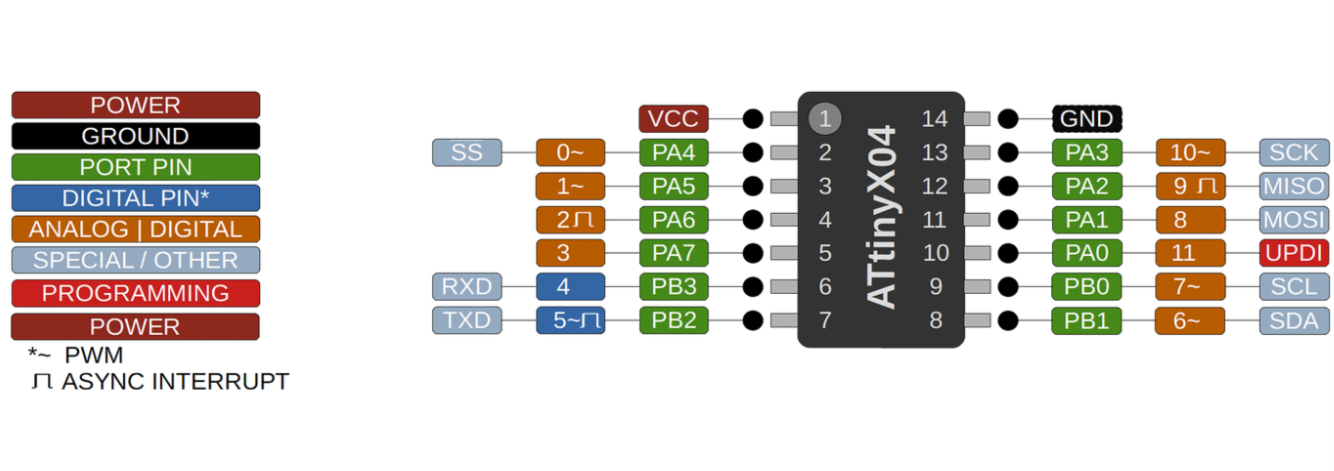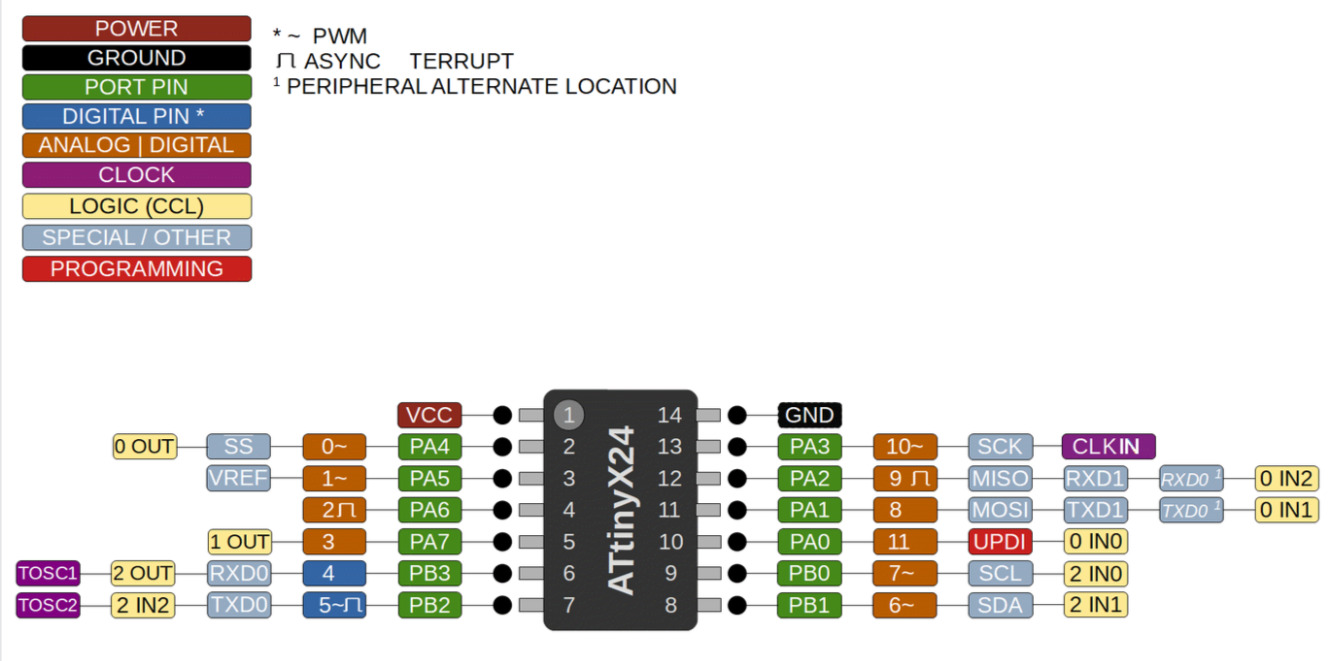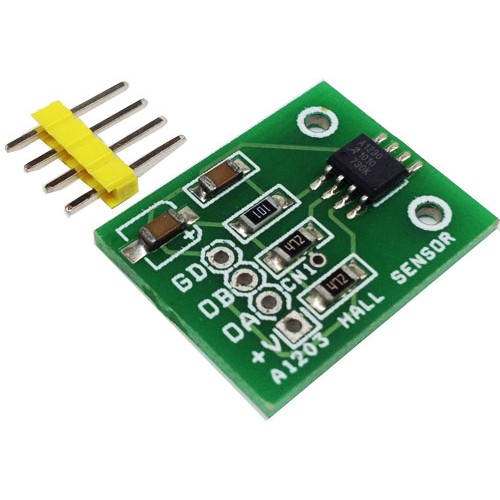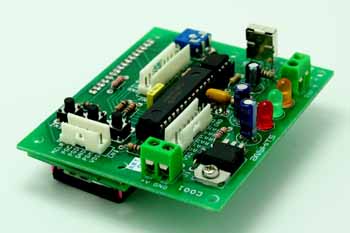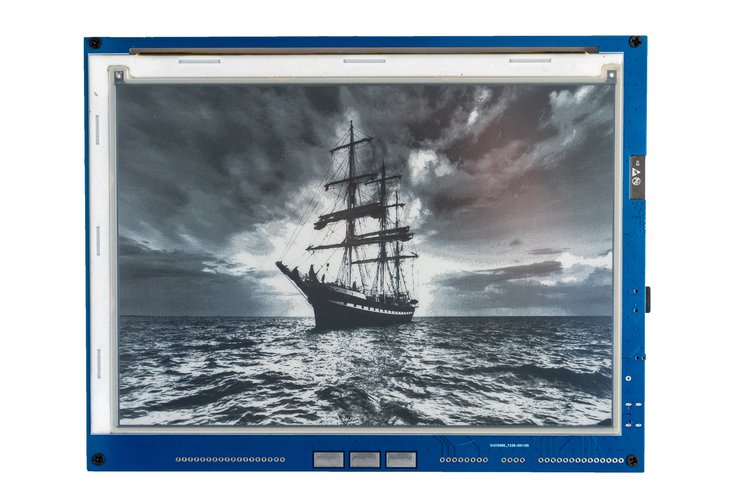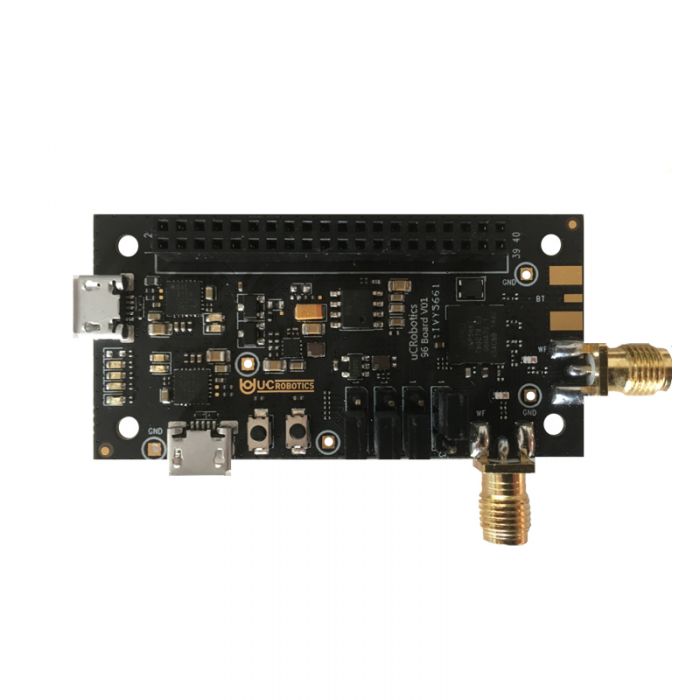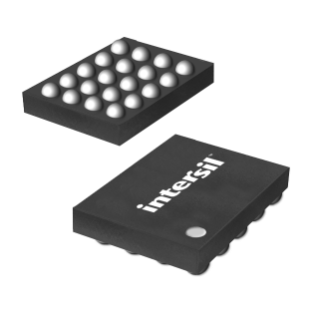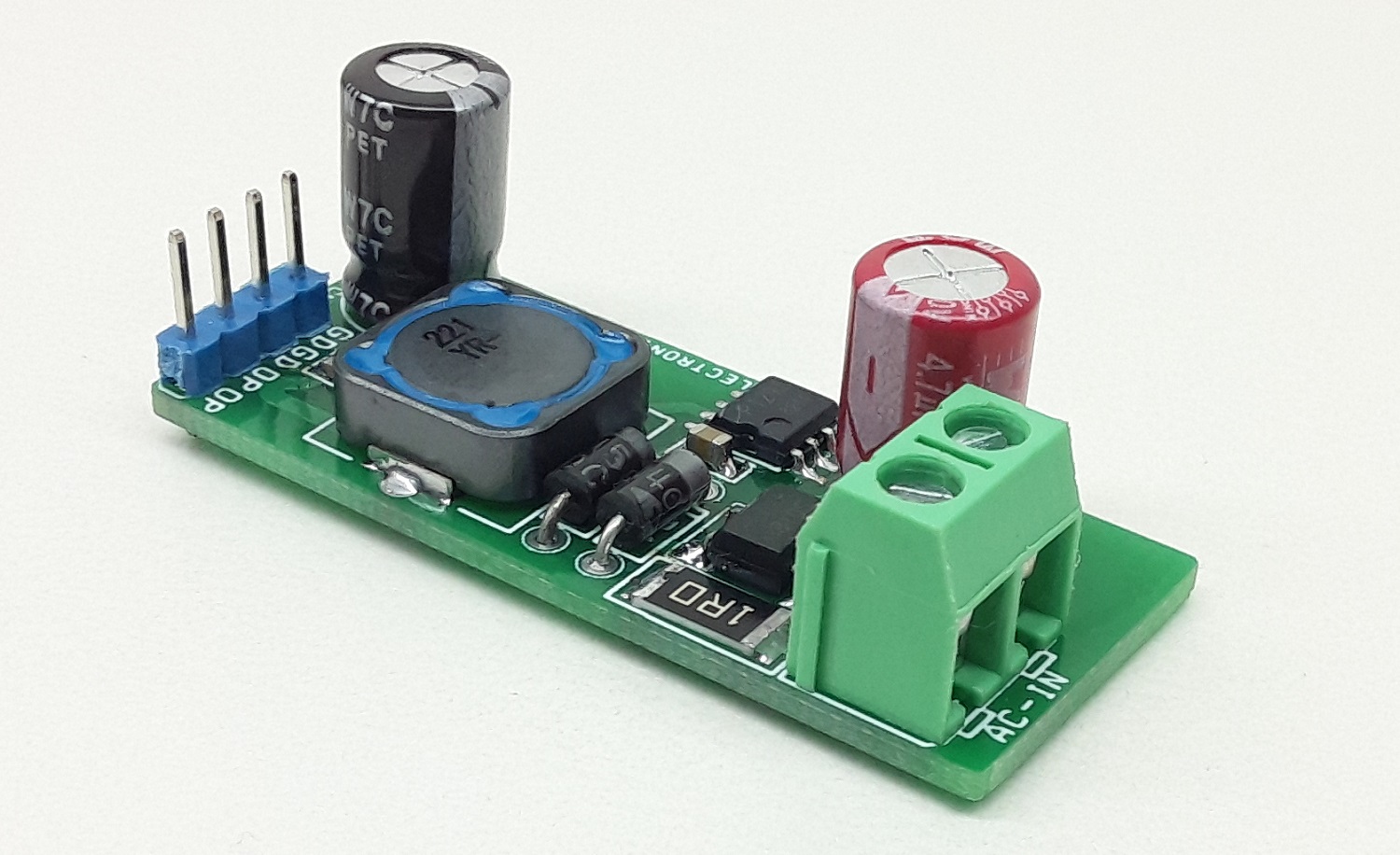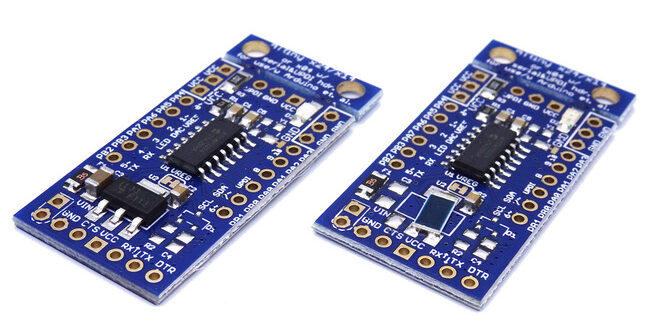
In recent years Atmel has been producing and releasing AVR microcontrollers that are equipped with a new set of peripherals. These microcontrollers use the AVR instruction set and open source AVR-GCC compiler that is used with the general AVR microcontrollers but they are differently designed with enhanced on-chip peripherals and highly competitive prices. The line of tinyAVR, based on the new architecture contains a megaTinyCore, provides support for Arduino IDE, and almost all of the libraries are either compatible or have a compatible bundled version included with the core.
The tinyAVR 0/1-series product line presents its premium 14 pin parts, ATtiny1614 and 1604. These breakout boards come built-in with either a 3.3v or a 5v regulator (for external power supply) an LED, and a UPDI programming header. All the pins are broken out, and there are 3 Vcc and 3 Gnd pins available, and also the ones on the UPDI and Serial headers so even if a breadboard is not used, the developer can still connect power and ground for multiple external devices. The board dimensions are 1.4″ x 0.85″ with rows of pins as shown in the figure below. ATtiny 1604 had low demand and now is no longer being developed and supplied.
ATtiny 1614 Features and Specifications
- 16Kb flash, 2k SRAM
- 11 available I/O pins
- 6 PWM pins with 8-bit resolution
- Servo, Serial, Tone, SPI, and Wire (I2C) support
- 2 Type B timers
- DAC output
- 1 type D timer to generate PWM waveforms
- Two ADCs: ADC0, ADC1
- Internal clock up to 20MHz for 5v, and up to 10MHz for 3.3v
- Configurable custom logic
The ATtiny3224 is another microcontroller from the ATtiny series that has a hardware multiplier, running at up to 20 MHz, and with 32 KB Flash, 3 KB SRAM, and 256B of EEPROM in 14-pin TSSOP (Thin Shrink Small Outline Package) and SOIC (Small Outline Integrated Circuit) packages. It can be used for low-cost applications with low-power features.
Programming the ATtiny AVR 0/1/2-series Parts
This can be done using two approaches namely UPDI and Serial (Optiboot bootloader).
- UPDI
The new ATtiny series can be programmed using a single wire interface instead of the SPI-based ICSP protocol that was used in the traditional AVR microcontrollers. On the UPDI header, the sequence of the pins is UPDI-Gnd-Vcc – this means that if the UPDI programmer is accidentally connected backward, it will not damage the board. - Serial (Optiboot bootloader)
The Optiboot bootloader is supported for all parts of the ATtiny series. Optiboot eliminates the need for a programmer to upload sketches but allows the use of the same port for upload and a serial monitor resembling a normal Arduino board.
You can visit the product page for information on ATtiny development boards.





